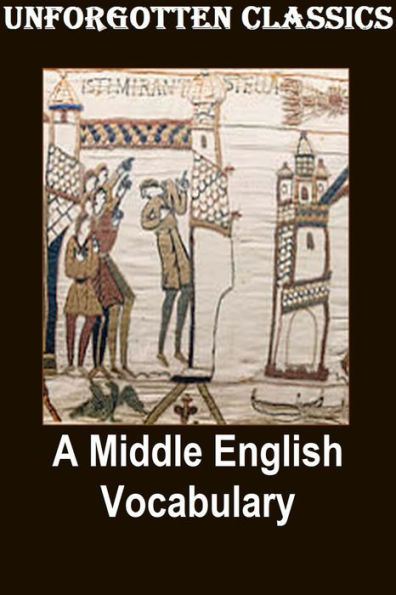This glossary does not aim at completeness, and it is not primarily a glossary of rare or 'hard' words. A good working knowledge of Middle English depends less on the possession of an abstruse vocabulary than on familiarity with the ordinary machinery of expression--with the precise forms and meanings that common words may assume; with the uses of such innocent-looking little words as the prepositions of and for; with idiomatic phrases, some fresh-minted and some worn thin, but all likely to recur again and again in an age whose authors took no pains to avoid usual or hackneyed turns of expression. These are the features of the older language which an English reader is predisposed to pass over, satisfied with a half-recognition: and space seldom permits of their adequate treatment in a compendious general dictionary or the word-list to a single text. So in making a glossary for use with a book itself designed to be a preparation for the reading of complete texts, I have given exceptionally full treatment to what may rightly be called the backbone of the language.
Brief indications of the etymology of each word are given, with references in difficult cases to the Oxford English Dictionary (N.E.D.). Apart from their usefulness as a basis for exercises in phonology and the analysis of vocabulary, these will serve to differentiate words distinct in origin which coincide in some of their forms or spellings. The Old English or Old French forms cited are those that best illustrate the Middle English; in consequence the Old English forms frequently differ from normal West-Saxon, and the Old French forms are especially those of the French current in England (Anglo-French is rarely specified). Old Norse words have usually been cited in the normal spelling (e.g. of Zoëga's Old Icelandic Dictionary). Accordingly, long vowels in Old Norse words are marked as in bráþ-r. In Old English words stable long vowels are marked as in brad; uncertain quantity or probable shortening in Old English times is marked as in adr??dd; vowels that were lengthened in the Old English period (e.g. before ld, mb, nd) are marked as in cáld, clímban, bíndan.




